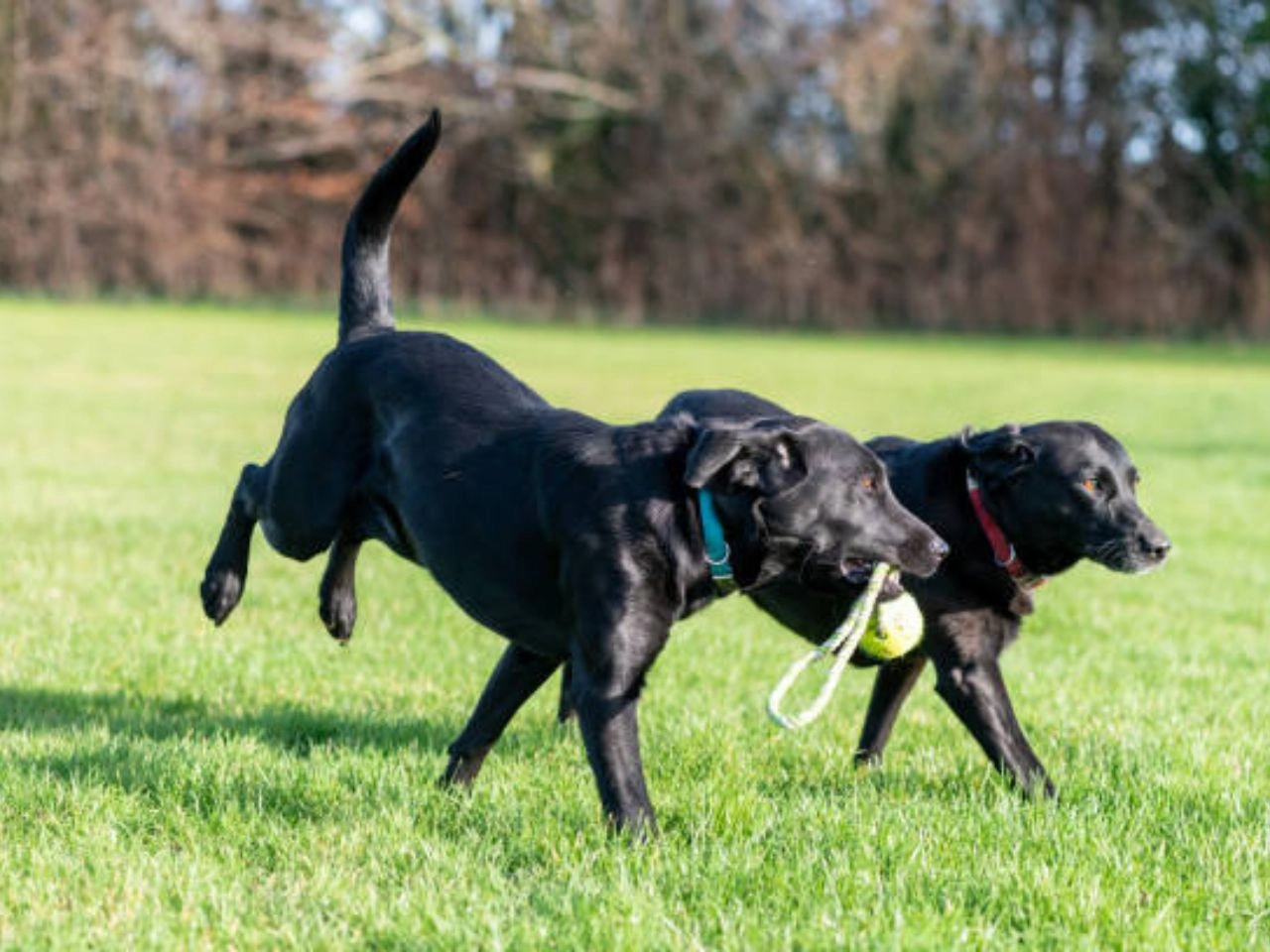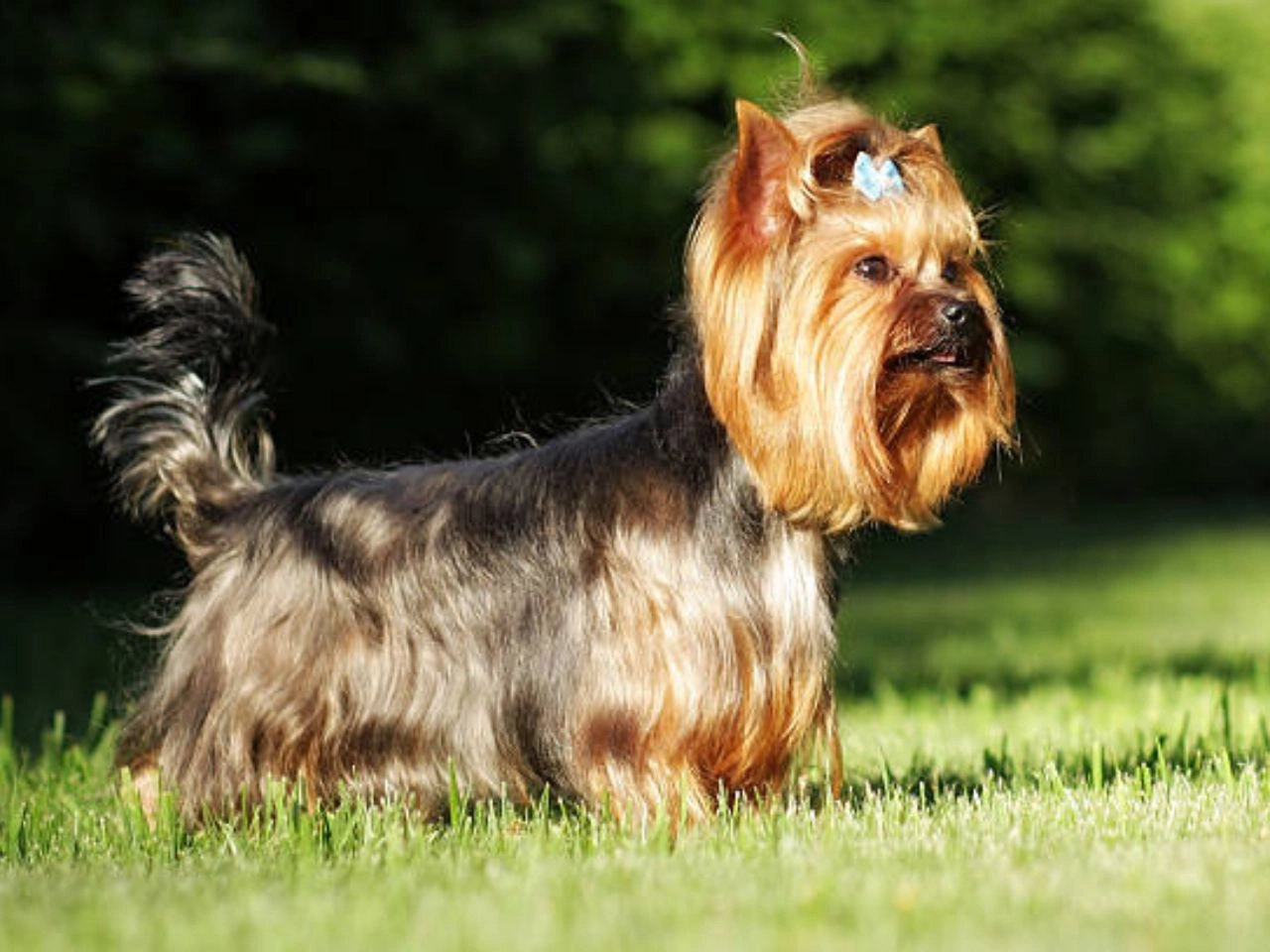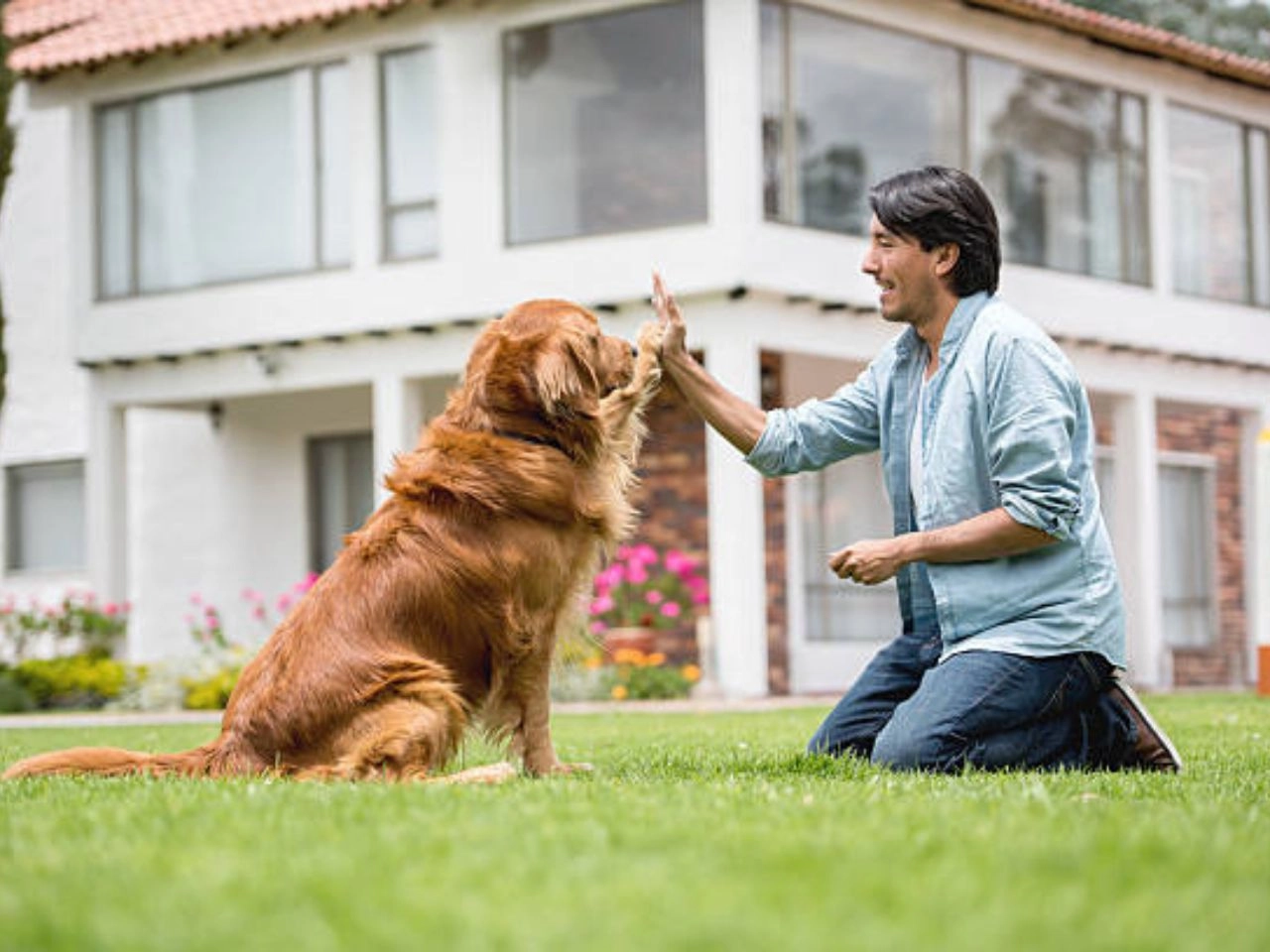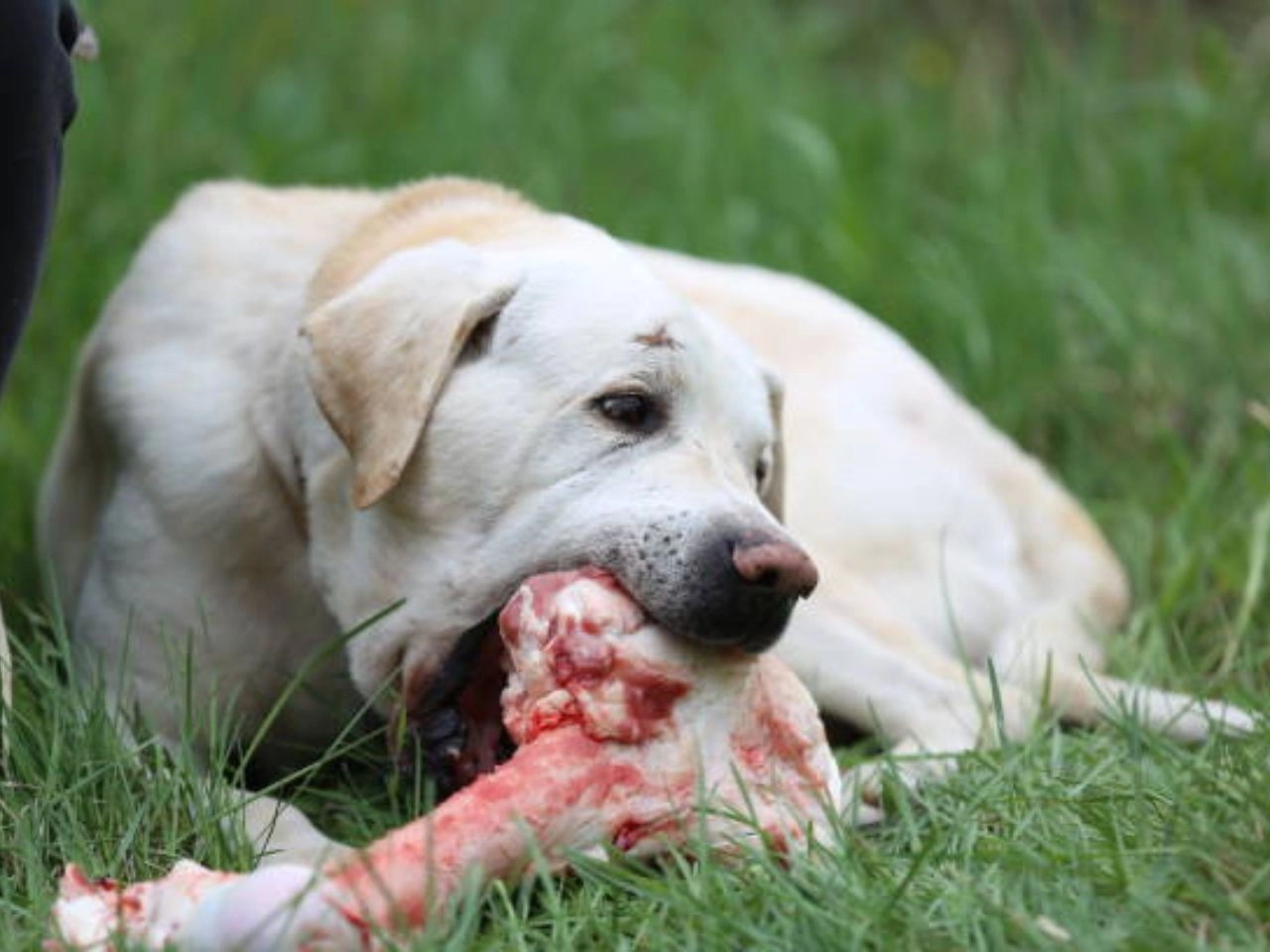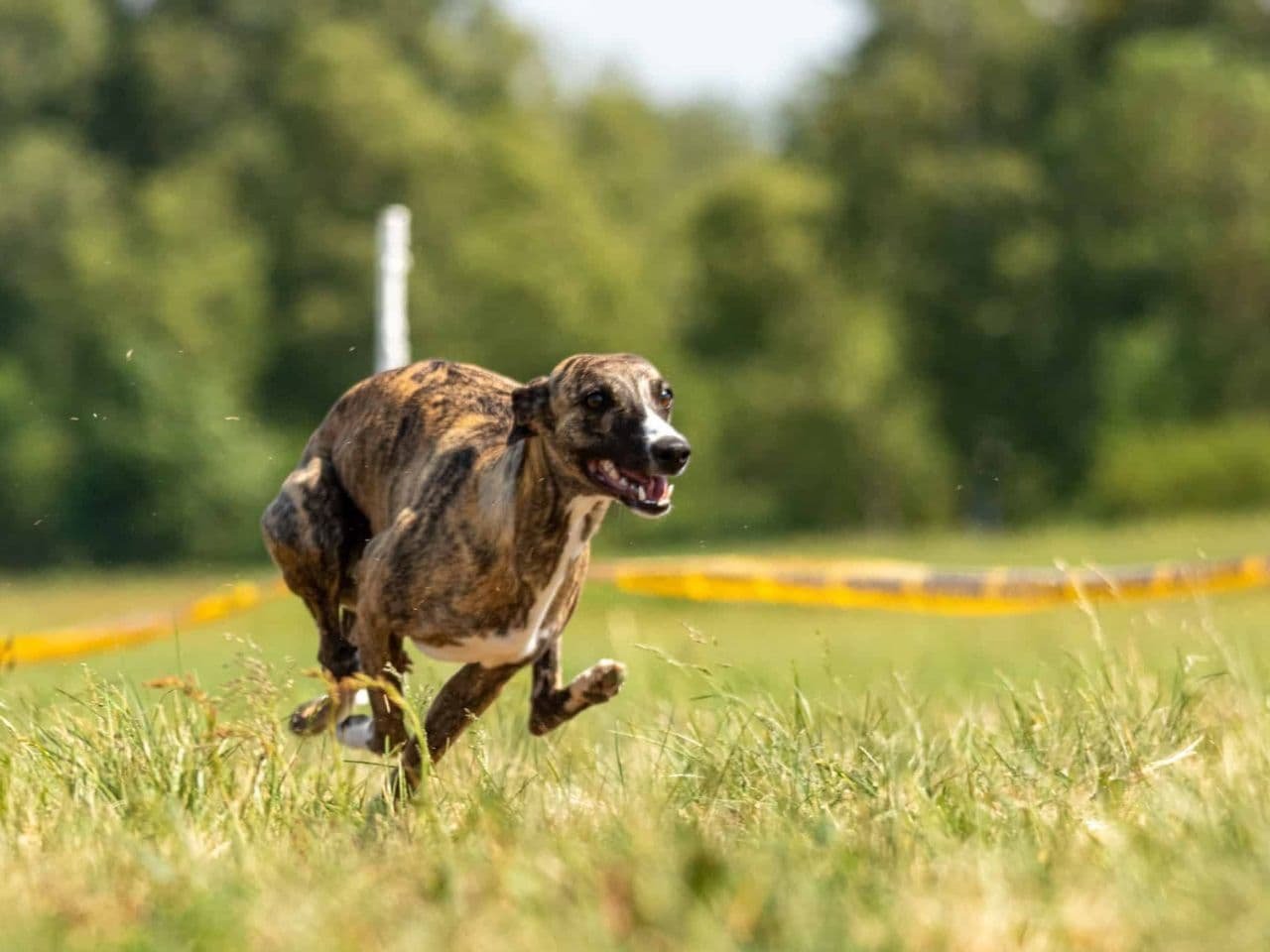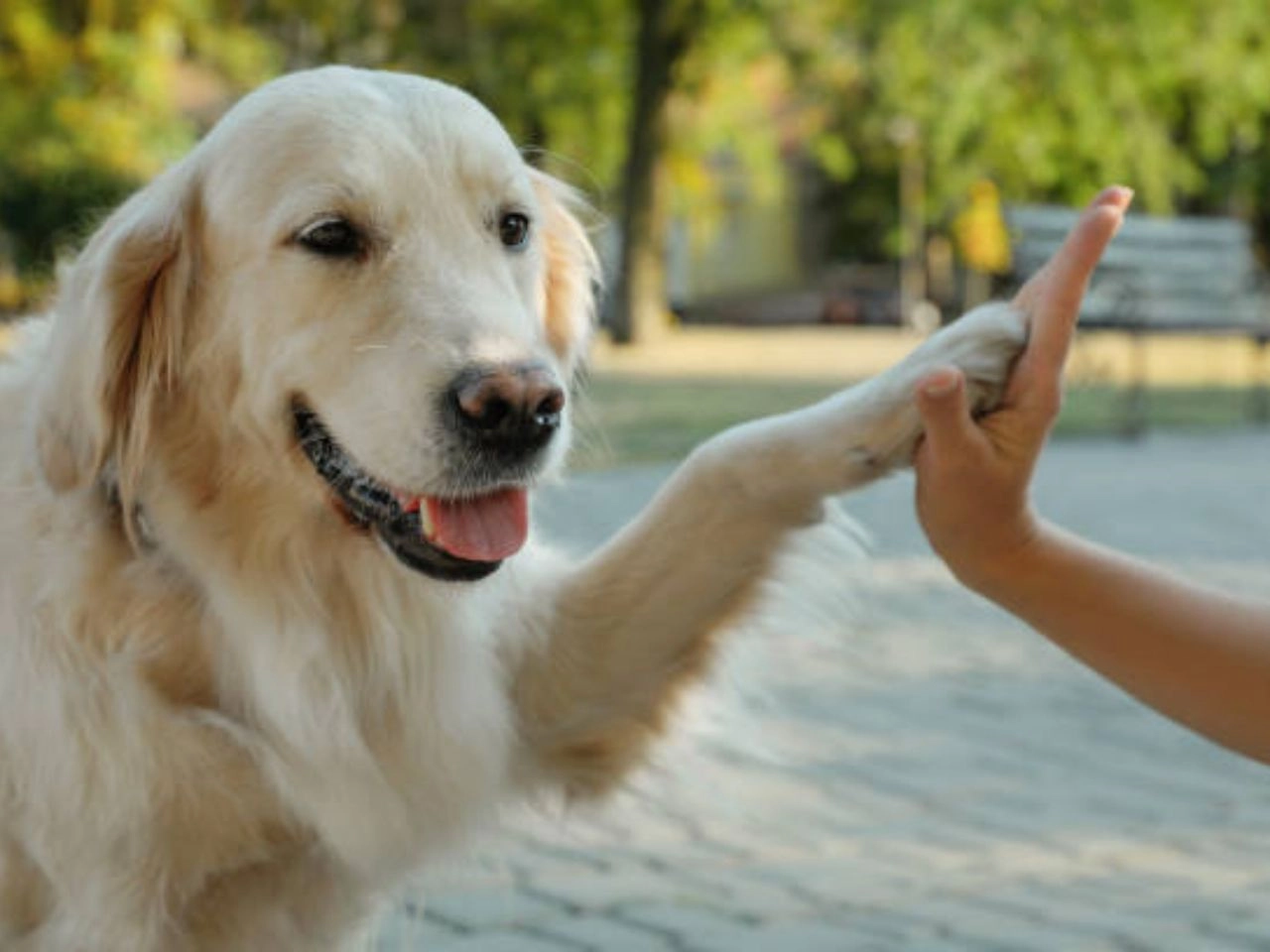Czechoslovakian dog commands are essential for training and communication. They ensure dogs understand and follow instructions effectively.
Czechoslovakian dog commands are rooted in the country’s rich history of dog training and breeding. These commands help build a strong bond between the handler and the dog. They are practical, straightforward, and designed to be easily understood by the dog.
Common commands include “Sedni” for sit, “Lehni” for lie down, and “Ke mně” for come. Using consistent commands enhances obedience and ensures the dog responds promptly. Training with these commands fosters discipline and trust, making it easier to manage the dog in various situations. Proper use of these commands leads to a well-behaved and reliable canine companion.
Introduction To Czechoslovakian Dog Commands
Training your dog using Czechoslovakian commands can be a fun and effective method. These commands are unique and can make your dog stand out. They are also quite popular among dog trainers around the world.
Origins Of Czech Commands In Dog Training
The use of Czech commands in dog training has historical roots. The Czechoslovakian Wolfdog breed played a big role. Trainers in Czechoslovakia developed these commands. They wanted a unique and effective method to train dogs.
These commands became popular in military and police dog training. They were highly effective and easy to use. Today, many people use them for training different dog breeds.
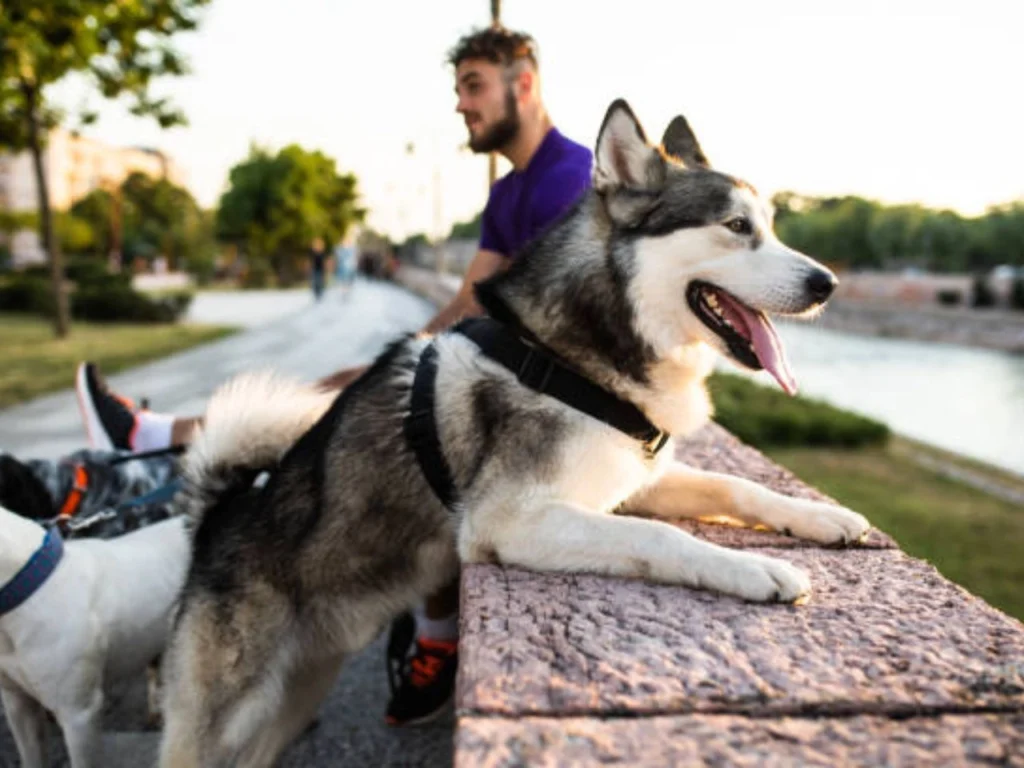
Benefits Of Using Czech Commands
Using Czech commands offers many benefits:
- Unique Language: Your dog will respond to commands others may not understand.
- Better Focus: Dogs trained in Czech commands often show better focus.
- Effective Training: These commands have proven effective in various training programs.
- Strong Bond: Training in a unique language can strengthen the bond between you and your dog.
Incorporating Czech commands in your dog’s training can be a rewarding experience. It can make your dog more disciplined and attentive. It can also make training sessions more enjoyable for both of you.
Basic Czech Commands For Beginners
Learning basic Czech commands can greatly improve your communication with your Czechoslovakian dog. These commands are simple yet effective. They help in training and daily interactions. Here, we’ll cover some essential phrases and pronunciation tips.
Common Phrases For Everyday Use
Using the right commands can make training easier. Here are some common Czech commands:
| Command | Meaning |
| Sedni | Sit |
| Lehni | Lie Down |
| Ke mně | Come Here |
| Zůstaň | Stay |
| Fuj | Leave It |
Pronunciation Tips For Effective Communication
Proper pronunciation is crucial for effective training. Here are some tips:
- Sedni: Pronounce it as “sed-nee”.
- Lehni: Say “leh-nee”.
- Ke mně: Pronounce it as “keh-meh”.
- Zůstaň: Say “zoos-tahñ”.
- Fuj: Pronounce it as “fooy”.
Speak clearly and consistently. This helps your dog understand and respond better. Practice these commands daily. Your dog’s behavior will improve with time.
Advanced Training Techniques
Training your dog in advanced techniques requires patience and consistency. Using Czechoslovakian commands can make the process unique and effective. These advanced techniques will help you and your dog excel in communication and performance.
Building On The Basics
Before diving into advanced commands, ensure your dog knows the basics. Basic commands include sit, stay, and come. Once mastered, you can build on them for more complex tasks.
- Repetition: Practice the basic commands daily.
- Consistency: Use the same words and gestures every time.
- Rewards: Praise and treat your dog for following commands.
| Basic Command | Czech Translation | Action |
| Sit | Posaď | Sitting down |
| Stay | Zůstaň | Remaining in place |
| Come | Pojď | Approaching you |
Incorporating Czech Commands Into Complex Routines
Once your dog masters the basics, start incorporating Czech commands into more complex routines. This will improve your dog’s ability to understand and follow instructions.
- Chain Commands: Combine multiple basic commands for a sequence.
- Obstacle Courses: Use commands to guide your dog through obstacles.
- Real-life Scenarios: Apply commands during walks or playtime.
Using Czech commands can add an extra layer of challenge and engagement. This keeps training sessions fun and effective. Your dog will enjoy learning new things while you strengthen your bond.
Czech Commands In Action
Dog training in Czechoslovakia has a rich history. Czech commands are precise and effective. They help dogs show incredible skills. Let’s explore how these commands work in real life.
Real-life Examples Of Trained Dogs
Trained dogs follow Czech commands with ease. They can perform tasks like sitting, staying, and fetching. Police dogs respond quickly to these commands. They help in search and rescue missions. Their training saves lives.
| Command | Action |
| “Sedni” | Dog sits down |
| “Lehni” | Dog lies down |
| “Ke mně” | Dog comes to the handler |
Showcasing Discipline And Obedience
Discipline and obedience are the cornerstones of Czech dog training. Dogs learn to obey commands in various situations. This training makes them reliable companions.
- Police dogs: They follow commands during high-stress situations.
- Service dogs: They assist people with disabilities.
- Family pets: They behave well in public places.
Consistency in training ensures dogs understand and obey commands. Handlers use positive reinforcement. They reward dogs for good behavior. This method builds trust between the dog and the handler.
In competitions, trained dogs showcase their skills. They perform tasks like jumping hurdles and retrieving objects. Their discipline and obedience impress the judges.
Czech commands make training efficient. Dogs learn quickly and effectively. This training method is respected worldwide.
Specialized Commands For Working Dogs
Working dogs play vital roles in many fields. They assist in service, police, and military tasks. These dogs need specialized commands to perform their duties efficiently. Let’s explore some key commands for these intelligent canines.
Commands For Service Dogs
Service dogs help people with disabilities. They perform tasks that their owners can’t do alone. Here are some essential commands for service dogs:
- Retrieve: The dog picks up items and brings them to the owner.
- Open: The dog opens doors or drawers.
- Brace: The dog provides stability for the owner to stand.
- Alert: The dog alerts the owner to sounds or danger.
Service dogs also respond to basic obedience commands. These include sit, stay, and come. These commands ensure the dog behaves well in public.
Training Commands For Police And Military Dogs
Police and military dogs face challenging situations. They need commands that are precise and quick. These commands help them perform tasks like searching, attacking, and guarding. Below is a table of some critical commands:
| Command | Action |
| Search | The dog looks for drugs, explosives, or people. |
| Attack | The dog apprehends a suspect on command. |
| Guard | The dog protects an area or person. |
| Track | The dog follows a scent trail. |
| Release | The dog lets go of a suspect or item. |
Interactive Training Sessions
Interactive training sessions are a great way to bond with your dog. Using Czechoslovakian dog commands can make these sessions even more engaging. This method keeps your dog’s mind active and sharp.
Engaging Your Dog With Czech Commands
Using Czech commands can make training exciting. Dogs love new challenges. Here are some common Czech commands:
- Sedni – Sit
- Lehni – Lie down
- K nose – Heel
- Čekej – Wait
Incorporate these commands into your training routine. Start with simple exercises. Gradually introduce more complex tasks. Use a firm but friendly voice.
Using Rewards And Positive Reinforcement
Positive reinforcement is key to successful training. Reward your dog immediately after they follow a command. Use small treats, praise, or petting as rewards.
Here is a simple reward system:
| Command | Action | Reward |
| Sedni | Dog sits | Small treat |
| Lehni | Dog lies down | Praise and petting |
| K nose | Dog walks to heel | Playtime |
| Čekej | Dog waits | Extra treat |
Overcoming Training Challenges
Training a dog can be hard. Using Czechoslovakian commands adds a layer of difficulty. Many owners face challenges. Let’s explore how to overcome them.
Addressing Common Issues
Many owners struggle with consistency. Dogs need clear, consistent commands to learn. Repetition is key. Use the same word for the same action every time.
Distractions are another problem. Dogs get easily distracted. Training in a quiet place helps. Gradually add distractions as your dog gets better.
Some dogs might not respond well. Patience is important here. Don’t rush the process. Every dog learns at a different pace.
Customizing Commands For Individual Dogs
Every dog is unique. What works for one might not work for another. Customizing commands can make training easier.
For dogs that are more visual, try using hand signals along with verbal commands. This can help reinforce the command.
Some dogs respond better to shorter commands. Instead of saying “Sit down,” just say “Sit.” Short, clear words are easier for dogs to understand.
Keep training sessions short and fun. Dogs have short attention spans. A 5-minute session is often more effective than a 30-minute one.
Tools And Resources For Training
Training your dog using Czechoslovakian commands can be fun and effective. The right tools and resources make the process smoother. This section will help you find the best training aids, books, and online materials for training your dog.
Recommended Training Aids
Training aids can help reinforce commands and correct behavior. Here are some recommended tools:
- Clickers: A clicker helps mark correct behavior instantly. It’s a small device that makes a clicking sound.
- Treats: Use small, healthy treats as rewards. They motivate your dog to learn commands faster.
- Leashes and Collars: A sturdy leash and a comfortable collar are essential for training sessions.
- Toys: Toys can be used as rewards and to keep your dog engaged during training.
Books And Online Materials
Books and online materials provide detailed guidance on training your dog with Czechoslovakian commands. Here are some recommended resources:
| Resource | Description |
| “Dog Training in Czechoslovakian” | A comprehensive book on using Czechoslovakian commands. It covers basic and advanced techniques. |
| Online Video Courses | Many platforms offer video courses. These courses often include demonstrations and step-by-step instructions. |
| Training Forums | Join forums where experienced trainers share tips. You can ask questions and get advice from experts. |
Maintaining Consistency In Training
Consistency is key when training dogs, especially Czechoslovakian Vlcaks. Regular routines and commands help them learn faster and obey better. This section focuses on how to maintain consistency in training your dog effectively.
Establishing A Routine
Setting a daily training schedule helps your dog understand what to expect. Use the same commands and gestures every time. This helps the dog make connections faster.
Morning sessions can be great for energetic activities like fetch or running. Evening sessions can focus on obedience commands and calming exercises. Consistency in timing helps the dog anticipate training sessions.
| Time of Day | Activity |
| Morning | Fetch, Running |
| Evening | Obedience Commands, Calming Exercises |
Ensuring Long-term Obedience
Reinforce commands regularly to ensure long-term obedience. Even if your dog masters a command, keep practicing it daily. This keeps the command fresh in their mind.
Positive reinforcement is crucial. Reward your dog with treats or praise for obeying commands. This builds a positive association with the command and makes the dog more likely to obey in the future.
- Practice commands daily
- Use treats or praise as rewards
- Keep sessions short but frequent
Avoid long training sessions. Short, frequent sessions are more effective. They keep the dog engaged and prevent boredom. Each session should be no longer than 15 minutes.
- Start with a simple command
- Repeat the command several times
- Reward the dog each time they obeys
Community And Support
The journey of training your dog can be challenging. But, you are not alone. A strong community can make a huge difference. Support from fellow dog owners can be invaluable.
Joining Training Groups
Training groups provide a structured environment for you and your dog. These groups often have experienced trainers. They offer guidance and support. Here are some benefits of joining training groups:
- Access to expert advice
- Socialization opportunities for your dog
- Motivation and accountability
Consider joining local or online groups. Online forums and social media groups are great options. They connect you with a global community.
Sharing Tips With Fellow Dog Owners
Engaging with other dog owners can be highly beneficial. Sharing tips and experiences helps you learn new techniques. It also fosters a sense of camaraderie.
Here are some ways to share tips:
- Participate in online forums
- Join social media groups
- Attend local dog meetups
Remember, every dog is unique. What works for one may not work for another. Learning from others’ experiences can provide new insights.
Continued Learning And Development
Czechoslovakian dogs are known for their intelligence and agility. Their training is an ongoing journey, not a one-time event. Regular practice and learning new commands keep their minds sharp and engaged. This section delves into the importance of continual learning and development for your Czechoslovakian dog.
Keeping Skills Sharp With Regular Practice
Regular practice is essential for maintaining your dog’s skills. Practicing commands daily ensures they stay fresh in your dog’s mind. It also strengthens the bond between you and your dog.
Set aside time each day for training sessions. These sessions should be short, around 10-15 minutes. Use positive reinforcement techniques, such as treats and praise.
| Command | Frequency |
| Sit | Daily |
| Stay | Every other day |
| Fetch | Weekly |
Exploring New Commands And Techniques
Introducing new commands keeps your dog mentally stimulated. It also helps in their overall development. Start with simple commands and gradually move to more complex ones.
Some new commands you can teach include “roll over”, “play dead”, and “heel”. Use a calm and clear voice while giving commands.
- Roll Over: Begin with your dog in a down position. Use a treat to guide them to roll over.
- Play Dead: Have your dog lie down. Then, gently roll them onto their side and say “play dead”.
- Heel: Have your dog walk beside you. Use a treat to keep them in position.
Regularly learning new commands keeps your dog engaged. It also helps in preventing boredom. Training sessions should be fun and rewarding for both you and your dog.
FAQ(Czechoslovakian Dog Commands)
What Language Do Police Train Dogs In?
Police often train dogs in German or Dutch. These languages ensure commands are distinct and consistent.
What Are The 7 Most Common Dog Commands?
The 7 most common dog commands are: Sit, Stay, Come, Down, Heel, Off, and No. These commands help with basic obedience and safety.
What Is The Best Language To Train A Dog?
The best language to train a dog is the one you consistently use. Dogs respond well to clear, simple commands.
What Is Fass In Dog Commands?
“Fass” is a German dog command meaning “bite” or “attack. ” It instructs a trained dog to apprehend someone.
Mastering Czechoslovakian dog commands strengthens the bond with your pet. Consistent practice ensures obedience and mutual respect. Understanding these commands can enhance your dog’s behavior and your communication. Start training today to experience a well-behaved and happy companion. Share your experiences and watch your dog thrive with these effective techniques.
